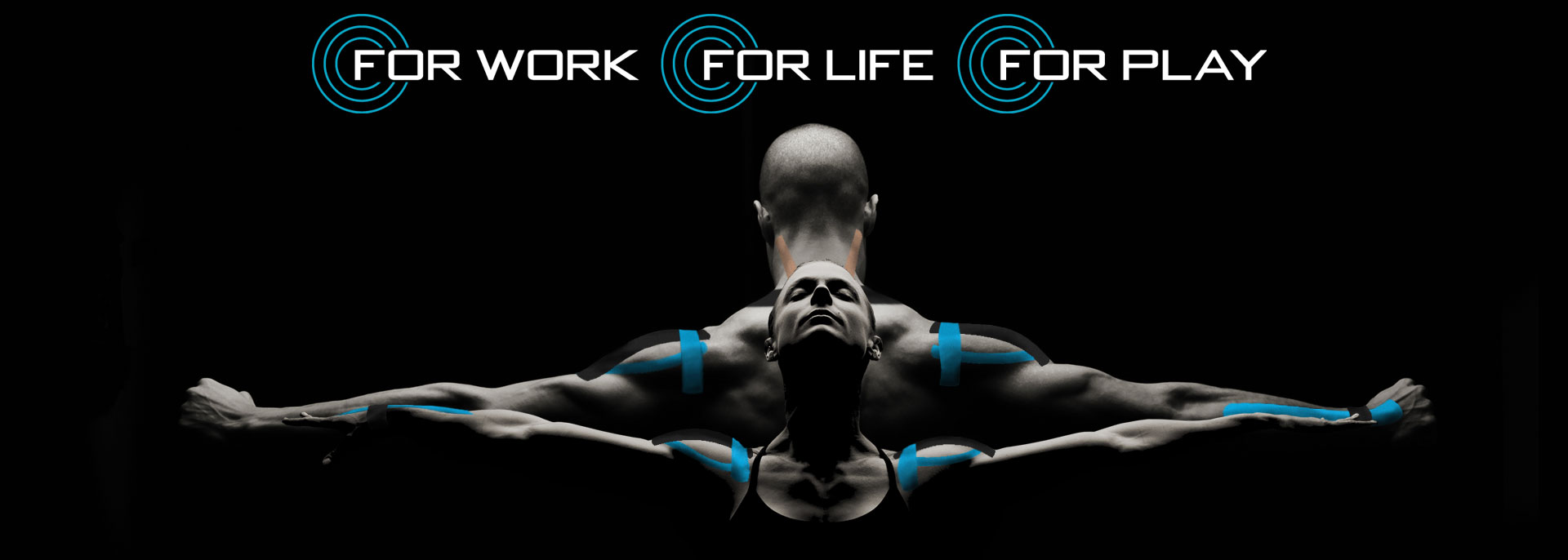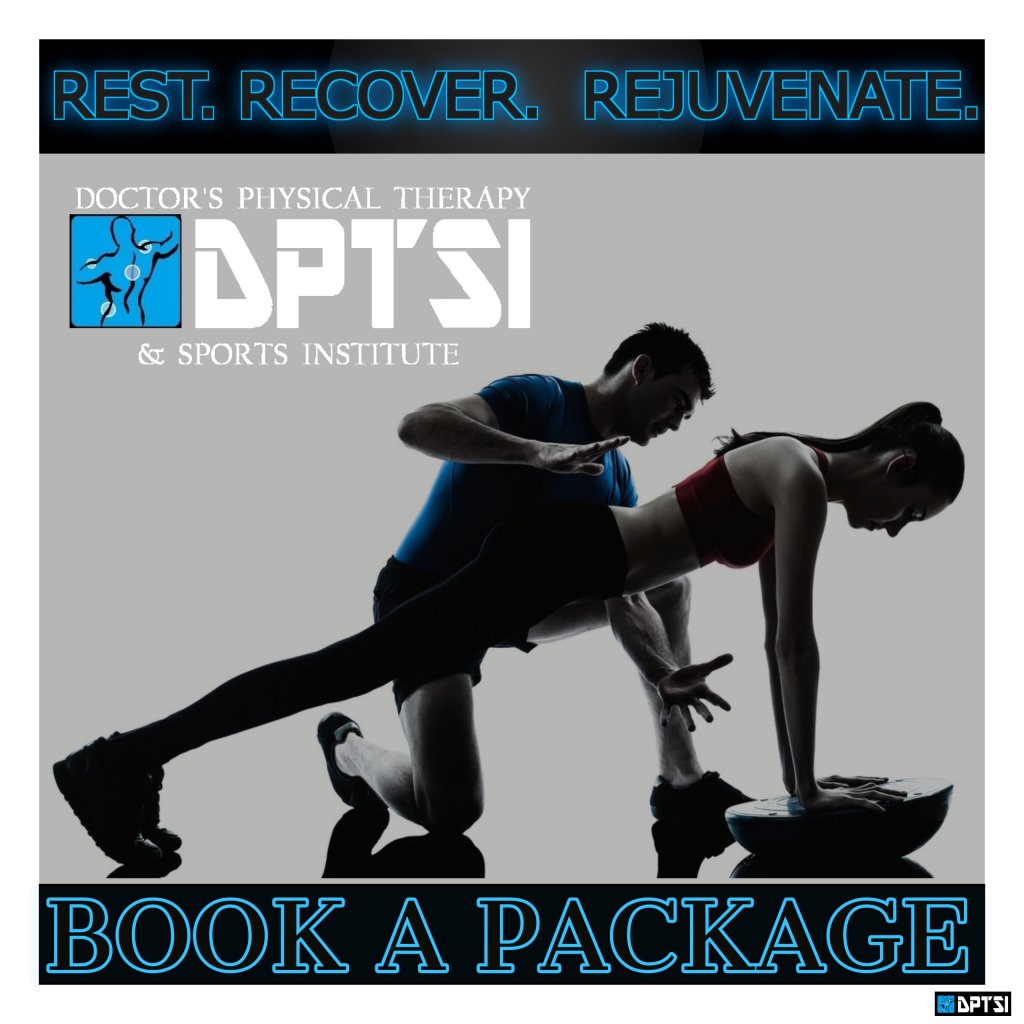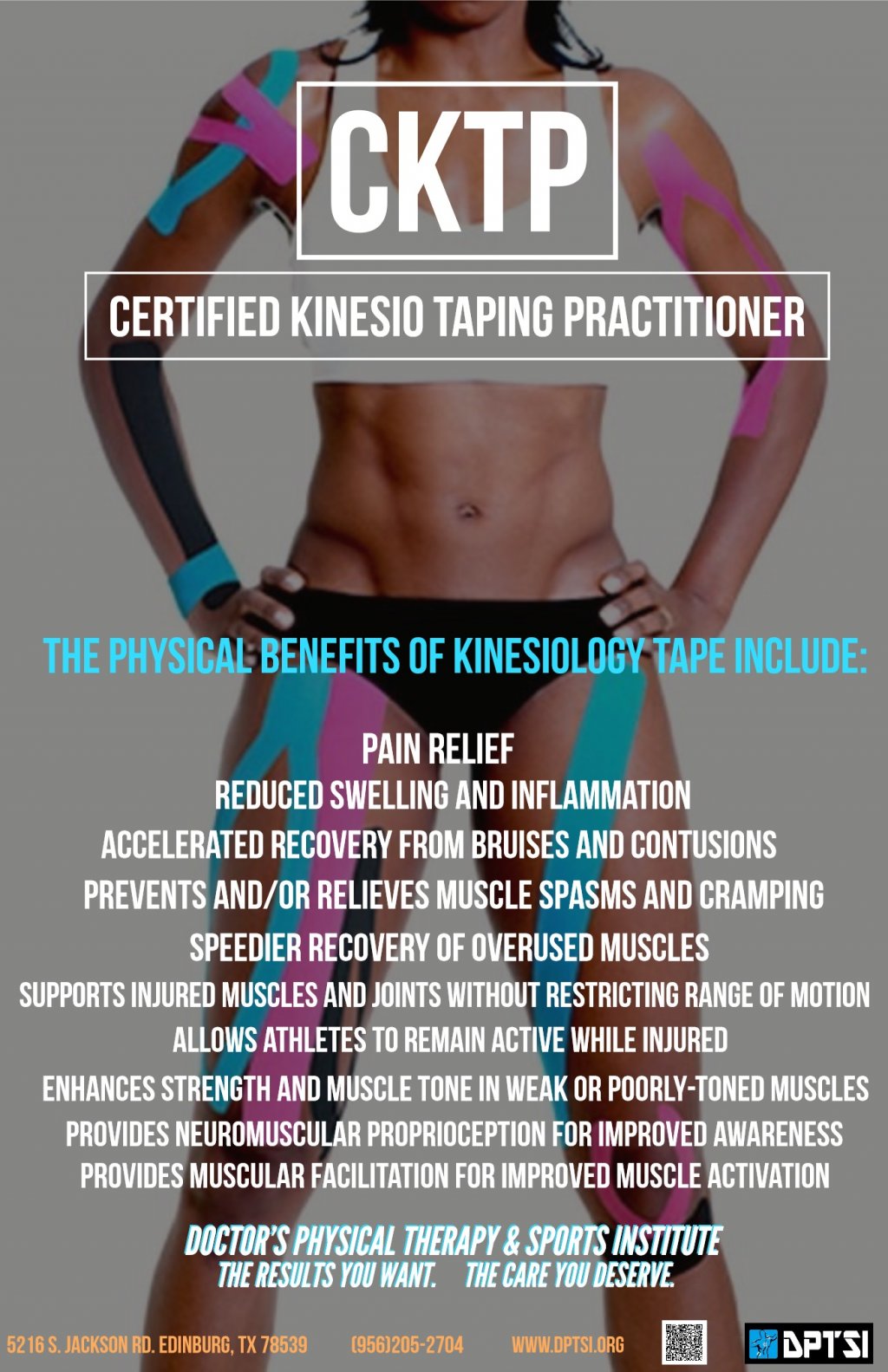WHAT IS THE KINESIO TAPING METHOD?
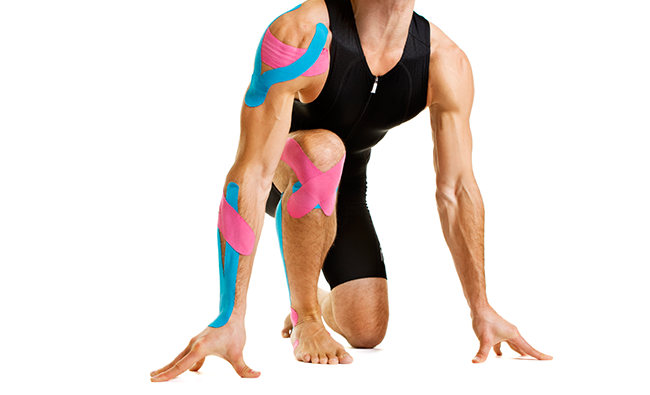
The Kinesio Taping® Method is a definitive rehabilitative taping technique that is designed to facilitate the body’s natural healing process while providing support and stability to muscles and joints without restricting the body’s range of motion as well as providing extended soft tissue manipulation to prolong the benefits of manual therapy administered within the clinical setting. Latex-free and wearable for days at a time, Kinesio Tape is safe for populations ranging from pediatric to geriatric, and successfully treats a variety of orthopedic, neuromuscular, neurological and other medical conditions. The Kinesio Taping Method is a therapeutic taping technique not only offering your patient the support they are looking for, but also rehabilitating the affected condition as well. By targeting different receptors within the somatosensory system, Kinesio Tape alleviates pain and facilitates lymphatic drainage by microscopically lifting the skin. This lifting affect forms convolutions in the skin thus increasing interstitial space and allowing for a decrease in inflammation of the affected areas.
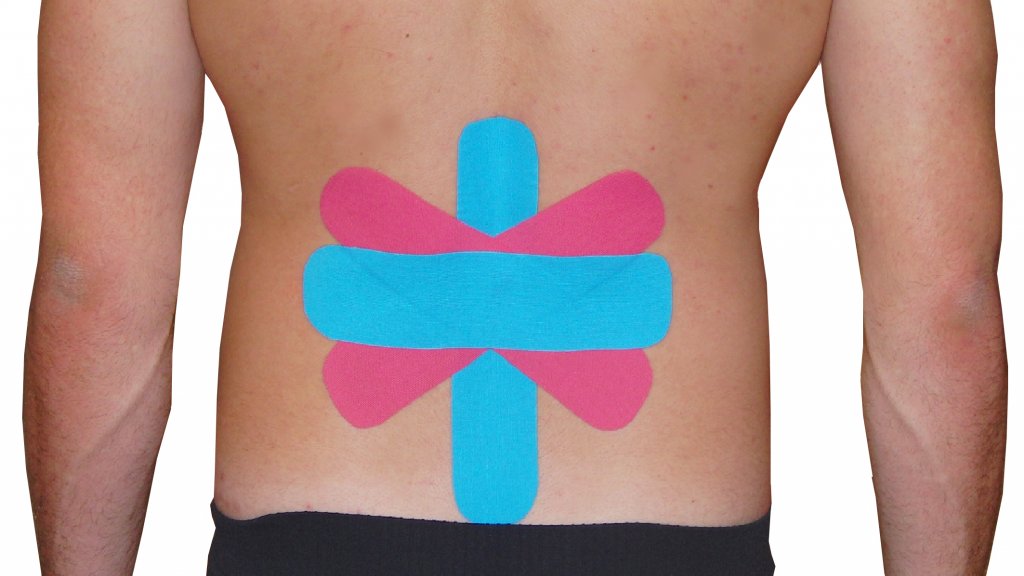
The Physical Benefits of Kinesiology Tape include:
Pain Relief
Although it contains no medications or topical substances, kinesiology tape can effectively relieve both acute and chronic pain. Its elasticity lifts the skin slightly, which immediately reduces pressure on sensitive pain receptors under the skin. In addition, its stimulating effect on pain pathways provides a competitive stimulus that blocks pain signals going to the brain. This is especially effective for pain from “hot” injuries, where the intensity of the pain is out of proportion to the severity of the injury.
Reduced Swelling and Inflammation
Reduced pressure on the lymphatic drainage channels enhances removal of fluids and other materials that collect in an injured area. This applies not only to sports injuries, but also to post-surgical recovery and other inflammatory conditions, including lymphedema (severe swelling of the extremities.)
Accelerated Recovery from Bruises and Contusions
One of the most dramatic effects of kinesiology taping is the removal of blood that accululates under the skin due to bruising. The k-tape is applied in a fan pattern over the bruised area and the bruising is dissipated via the same lifting mechanism described above. Within a couple of days a distinct fan pattern can be seen where the tape was applied over a bruised area.
Prevents and/or Relieves Muscle Spasms and Cramping
Enhanced circulation improves delivery of oxygen and nutrients to overused or fatigued muscles, helping to prevent or relieve spasms and cramps.
Speedier Recovery of Overused Muscles
Fatigued, overused muscles contain byproducts of exercise (such as lactic acid) that contribute to pain and stiffness and limit the ability to continue exercising. When kinesiology tape is used over these areas, enhanced removal of these byproducts allows for more rapid recovery. Combined with improved delivery of oxygen via enhanced bloodflow, this could translate into improved performance in an endurance event or more complete recovery between repetitive, high intensity events.
Supports Injured Muscles and Joints without Restricting Range of Motion
The unique elastic properties and application techniques of kinesiology tape allow it to provide support to injured muscles or joints without restricting range of motion.
Allows Athletes to Remain Active while Injured
This is one of the most important benefits of kinesiology taping for competitive athletes. Depending on how it is applied, kinesiology tape can prevent either overstretching or over-contraction of injured muscles. When combined with its pain relieving and anti-inflammatory properties, this can allow athletes to continue training and/or competing as their injuries heal.
Enhances Strength and Muscle Tone in Weak or Poorly-Toned Muscles
Certain neurological or muscular disorders can make muscles so weak that it is almost impossible to do the exercises that are critical to improve daily functioning. Kinesiology tape not only provides support to these muscles, but it can also improve muscle activation, allowing therapeutic exercises to be carried out more effectively. One of the major uses in this category is with infants and young children with hypotonia, poor muscle tone that limits their ability to learn to sit up, crawl, etc. A simple application of kinesiology tape can improve posture and assist in mobility.
The Kinesio Benefit
The list of kinesiology tape benefits is so extensive and so varied, it has earned the nickname “magic tape.” It is no wonder that it has become one of the most widely-used therapeutic modalities in both athletic and healthcare settings.
- Following are are some of the features that make it unique:It is effective on its own, but can be combined with other therapeutic modalities for even greater impact.
- It is worn around the clock for several days, providing therapeutic benefits the entire time.
- It is one of the least expensive but most effective therapeutic modalities available.
- It has no side effects and few contraindications.
- Most people can learn to apply it themselves.
Who is using Kinesio Tape?
- Today, though Kinesio Tex Tape is used primarily by nonathletic populations, it is also used by high-profile athletes.
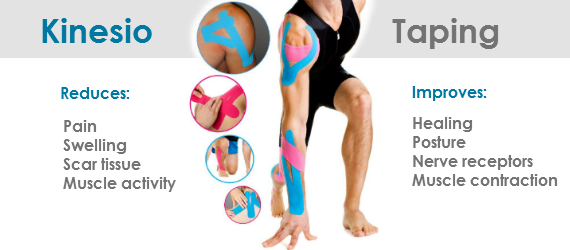

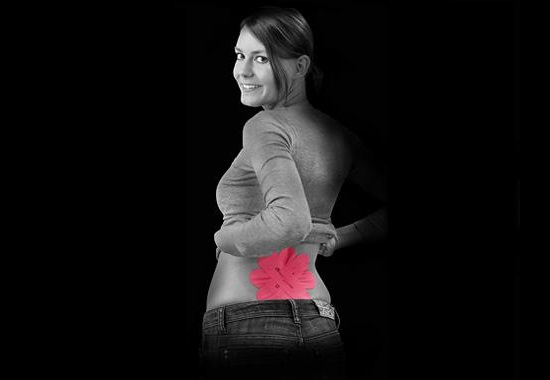
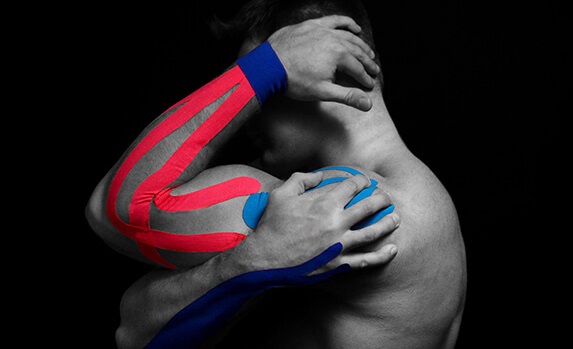
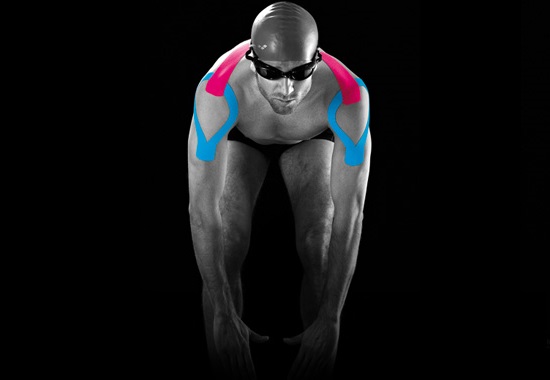
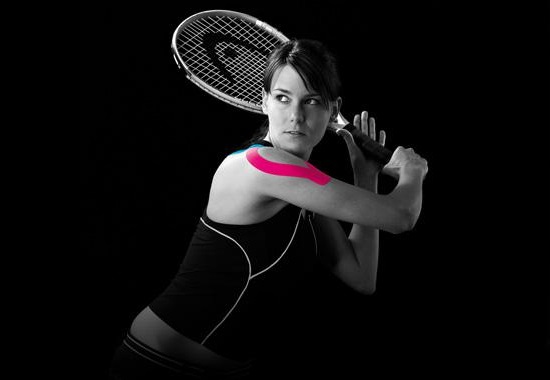
Kinesio Taping Videos
KT Tape: Full Knee Support
KT Tape: Ankle Stability
KT Tape: Achilles Tendonitis





